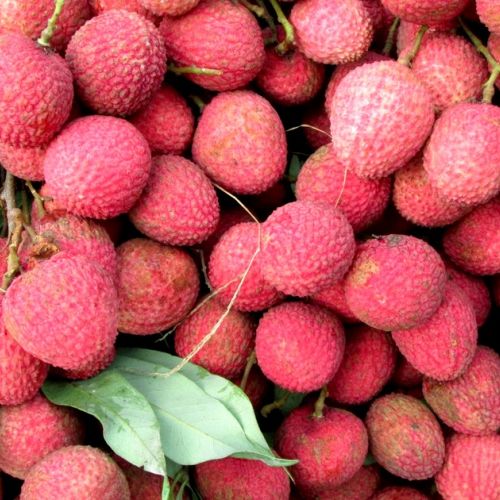The Loropetalum: A Decorative Shrub With Pink Flowers
Among the shrubs that provide clusters of flowers in spring, Loropetalum chinense or Chinese fringe flower is one of the most spectacular. From February to April, it is covered with ruffled flowers of a beautiful bright pink. Here is everything you need to know about the characteristics and cultivation of loropetalum.
An unjustly overlooked shrub
The Loropetalum chinense, or Chinese fringe flower, is a shrub from the same family as witch hazels. Native to Asia, it grows spontaneously in China, Japan, and the forests of the Himalayas.
This small shrub with a horizontal bearing does not exceed 2 meters in height by 3 meters in width. It is neither very tall nor very bulky, but it is truly spectacular due to its spring flowering.
Although it is still not very widespread in our region, it deserves to be known because, at the beginning of spring, it is covered with clusters of flowers with frizzy petals. Its thin petals have an original shape and resemble delicate strips or ribbons.
This decorative shrub from Asia has the advantage of blooming early, from February to March, and re-blooming in late summer or autumn. The flowering can be white, pink, or red depending on the variety. The foliage is also decorative, as its small oval leaves display varied shades, ranging from red to dark green.
Varieties with vibrant blooming
The type species of the Chinese loropetalum has white flowers. However, garden centers mainly carry cultivars with bright pink colors, such as Loropetalum chinense 'Fire Dance' or 'Burgundy'.
This species does not always have an interesting fragrance, but the 'Rubra' variety offers very fragrant fuchsia flowers. The 'Zhuzhou' variety is distinguished by its dark foliage, almost black in color, which contrasts with its fuchsia flowers.
Among the varieties with the most vibrant hues, we should also note 'Ming Dynasty', whose reddish-violet flowers are slightly fragrant, and the 'Fireglow' variety with red flowers.
An acid soil plant
The Loropetalum chinense is a moderately hardy shrub that is sensitive to cold below -5°C, as well as to cold and desiccating winds. If it freezes in your area, remember to protect it from the cold with mulching and a winter fleece.
However, it tolerates heat well and enjoys long, hot summers. Generally, it thrives in full sun. But, in Mediterranean regions with dry climates, it should be planted in partial shade because it is sensitive to scorching sun. It prefers soil that is always slightly moist.
Like its cousin the witch hazel, loropetalum does not tolerate lime which causes its foliage to yellow. It flourishes in acidic, humus-rich, and well-drained soils. It can be grown in a pot provided that regular fertilizer applications are made. Even when planted in the ground, it is important to add compost each year to keep the soil rich.
In terms of maintenance, pruning the Chinese Loropetalum is not essential. However, this shrub tolerates it very well after flowering. Once the blooming period is over, you can perform a light pruning to rebalance its shape and remove any dry twigs.











